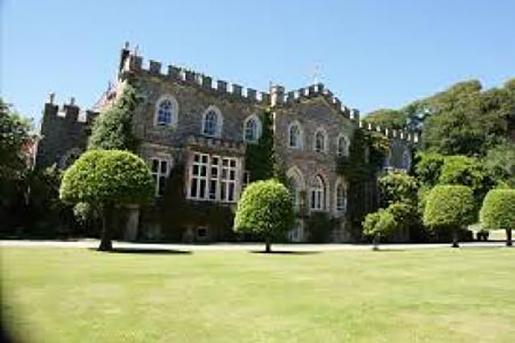- Parkland
- Gardens
- Walled Garden
The Augustinian monastery was founded in the twelfth century and was granted to William Abbott in 1546, whose descendants are still the owners. In 1796 Rev. John Swete visited Hartland and wrote that ’the whole of the landscape was uncommonly picturesque.’ He noted that the current mansion had been erected only 20 years before. A valley garden is the most recent occupant of this historic site. The formal gardens east and west of the house shown on a survey of 1702 were replaced by lawns in the later eighteenth century. The wooded valley sides have been planted with rhododendrons and the late Sir Dennis Stucley created a camellia garden with bog plants, primulas, etc., by the house. The walled gardens further up the valley are now full of old shrub roses, herbaceous and perennial planting. The walls themselves follow the contours of the valley, giving them an unusual outline. The water garden was planted with the advice of Gertrude Jekyll and, until recently, was hidden by undergrowth. There is a woodland walk to the beach, alongside the Abbey River. The 1906 Ordnance Survey map shows a small deer park and Abbey fish pond immediately to the west. Open occasionally to the public.
Hartland Abbey should be added to the Historic England Register at Grade II.
House listed Grade I. Folly, four bridges and gateway listed Grade II.
Cherry & Pevsner: The Buildings of England – Devon, 1989: 473-4
S Pugsley: Devon Gardens – An Historical Survey, 1994: 72, 135, 136, 137-38
T Gray: The Garden History of Devon, 1995: 119-20
R Polwhele: History of Devonshire, (1793-1806), II
Country Life, v.174, 1983: 602-5, 662
RP Chope: The Story of Hartland, 1902
T Gray: Devon Country Houses and Gardens Engraved Vol I, 2001: 157-8

